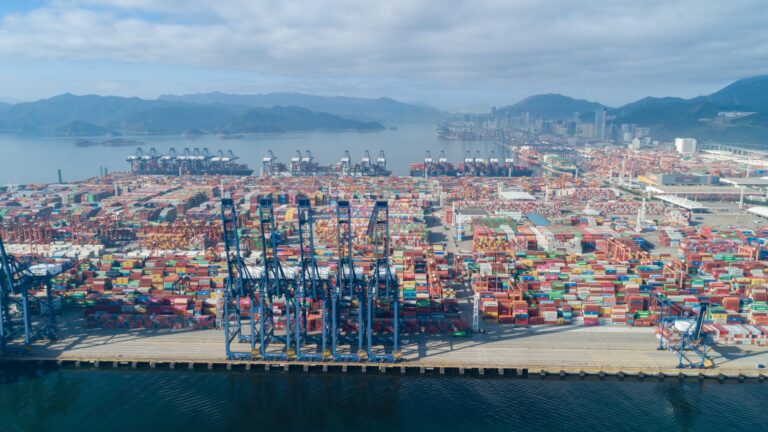Geoeconomic Fragmentation: Impacts on ASEAN+3 and the Euro Area
In an era marked by rising geopolitical tensions and shifting economic paradigms, the phenomenon of geoeconomic fragmentation is reshaping international trade and finance. This article delves into the implications of these changes, particularly focusing on the ASEAN+3 region—comprising the ten ASEAN nations plus China, Japan, and South Korea—and the Euro Area. As countries increasingly adopt inward-focused strategies to bolster their economic and national security, the effects of this fragmentation are becoming increasingly pronounced, influencing trade patterns and exposing financial vulnerabilities.
Trade Patterns in ASEAN+3 and the Euro Area
The analysis conducted by the ASEAN+3 Macroeconomic Research Office (AMRO) and the European Stability Mechanism (ESM) reveals significant shifts in trade dynamics within these regions. While overall trade values in ASEAN+3 have stabilized, the patterns are evolving. Notably, China’s export activities have been adversely affected by ongoing trade tensions with the United States. This has created a ripple effect throughout the region, prompting ASEAN countries to capitalize on their strategic position as a regional “connector.” By enhancing trade relationships with neighboring countries and diversifying their export markets, ASEAN nations are poised to benefit from the changing global landscape.
In contrast, the Euro Area has experienced a marked increase in its financial exposure to countries that are geopolitically distant over the past two decades. This shift indicates a growing vulnerability of capital flows to rising geopolitical risks. As European nations engage in trade with more distant partners, they may inadvertently increase their susceptibility to external shocks, which could destabilize their economies in times of geopolitical strife.
Regional Support and Strategic Adaptation
Given these findings, it is crucial for regional financing mechanisms to adapt and prepare for the uncertainties brought about by geoeconomic fragmentation. Both ASEAN+3 and the Euro Area must continue to refine their tools and policies to align with regional mandates, ensuring that they can effectively mitigate potential risks. This proactive approach will enable member countries to navigate the complex landscape of global trade and finance, fostering sustained stability and growth despite the challenges posed by evolving geopolitical realities.
For instance, ASEAN+3 countries can enhance their regional cooperation through initiatives such as the Regional Comprehensive Economic Partnership (RCEP), which aims to strengthen trade ties and reduce barriers among member nations. Similarly, the Euro Area can bolster its financial resilience by diversifying its investment portfolios and establishing stronger ties with emerging markets.
Conclusion
As geoeconomic fragmentation continues to influence international dynamics, the implications for trade and capital flows within the ASEAN+3 and Euro Area regions are profound. While ASEAN countries stand to benefit from their strategic positioning, the Euro Area faces increasing financial vulnerabilities due to its distant exposures. By adapting their regional strategies and enhancing cooperation, both regions can better navigate the complexities of a fragmented global economy, ensuring their economic stability and growth in an uncertain world.
For further insights into the implications of geoeconomic fragmentation for the Euro Area and ASEAN+3 regions, you can explore the detailed analysis provided by the ASEAN+3 Macroeconomic Research Office.
Discover More from Thailand Business News
Stay updated with the latest developments in the business landscape. Subscribe to get the latest posts sent directly to your email!
